MagnetostrictiveLiquidLevelIndicatorforFuelandOilTanks
Precision measurement of liquid levels in industrial storage tanks represents a critical requirement across multiple sectors including petroleum, chemical processing, and energy generation facilities. The magnetostrictive liquid level indicator has emerged as a sophisticated solution that delivers exceptional accuracy and reliability for monitoring fuel and oil inventories. This advanced technology enables operators to maintain optimal tank management while minimizing measurement errors that can lead to operational inefficiencies or safety concerns.
Understanding Magnetostrictive Technology Fundamentals
At the core of magnetostrictive level measurement lies a sophisticated physical principle where a ferromagnetic wire interacts with magnetic fields to determine precise liquid positions. The system comprises three primary components: a sealed measuring probe containing a magnetostrictive wire, a float containing permanent magnets that moves with liquid level changes, and an electronic transceiver module. When the float's magnetic field intersects with the magnetostrictive wire, it generates a torsional stress wave that travels along the wire at a consistent velocity. The system precisely measures the time delay between the initiated electrical pulse and the returning wave to calculate exact float position with remarkable resolution.
Superior Performance in Fuel and Oil Applications
Magnetostrictive level indicators demonstrate particular effectiveness in fuel and oil storage environments due to their non-contact measurement methodology and robust construction. These systems maintain exceptional accuracy even when confronted with varying liquid densities, temperature fluctuations, and changing dielectric constants. The technology proves ideal for monitoring diesel, gasoline, lubricating oils, and various petroleum derivatives without requiring recalibration when switching between different media. Their sealed probe design prevents contamination of stored liquids while withstanding the corrosive atmospheres commonly encountered in tank farms and refinery settings.
Installation Advantages and Configuration Flexibility
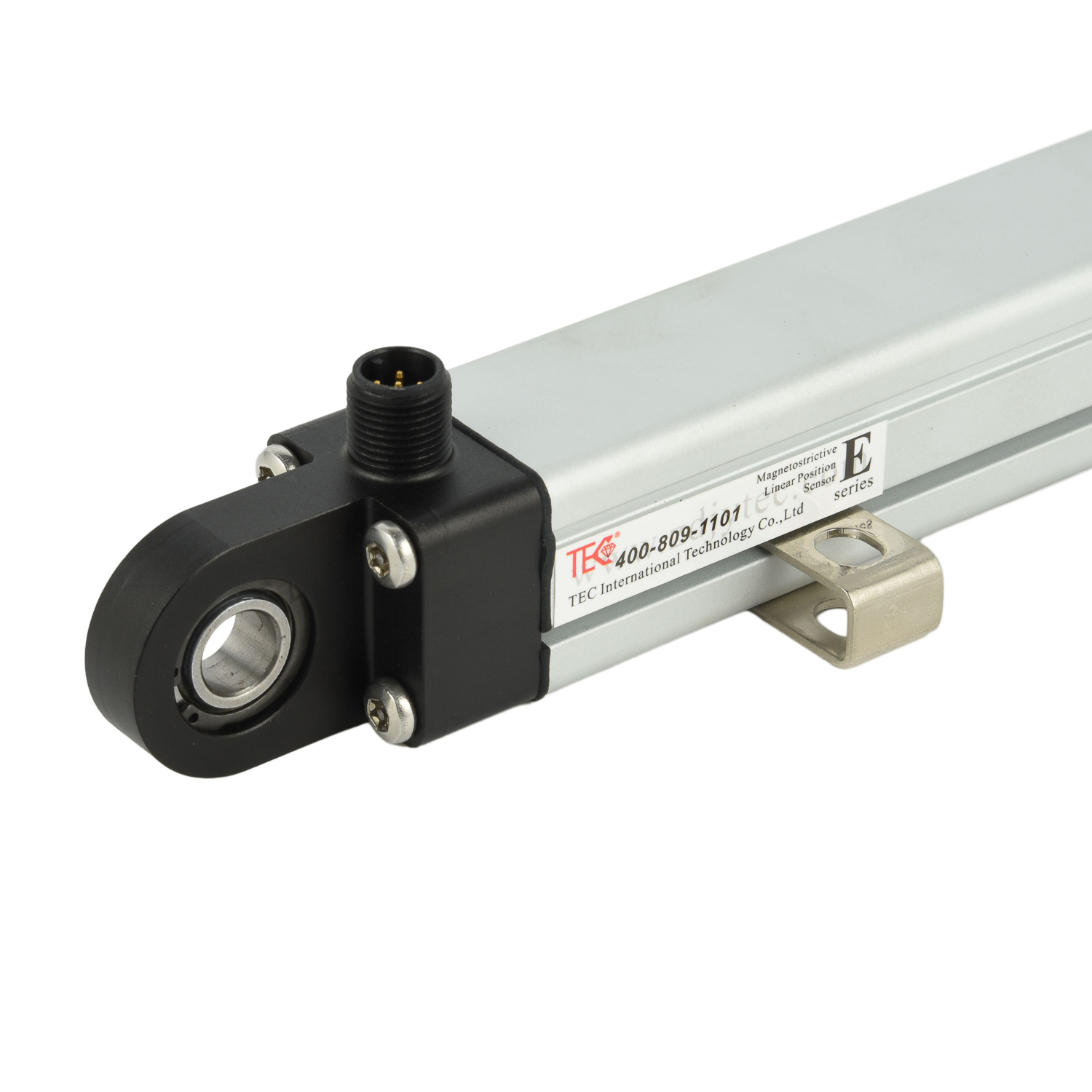
The implementation of magnetostrictive liquid level gauges offers significant installation benefits compared to traditional mechanical float gauges or hydrostatic systems. These units typically require only a single tank opening and can be configured for top-down, bottom-up, or side-mounted installation depending on tank design and accessibility. Many models incorporate modular electronics that permit remote configuration and calibration without necessitating physical access to the sensor assembly. The compact design proves particularly advantageous in retrofitting applications where space constraints may limit the installation of bulkier measurement technologies.
Continuous Level Monitoring Capabilities
Unlike point-level switches that provide simple full/empty indications, magnetostrictive transmitters deliver continuous level measurement across the entire tank height with resolutions typically reaching 0.1mm or better. This continuous data stream enables precise inventory management, leak detection capabilities, and advanced process control functions. Modern units integrate sophisticated signal processing that filters out turbulence-induced fluctuations, providing stable readings even during tank filling or agitation operations. The continuous analog or digital output seamlessly interfaces with supervisory control systems, inventory management software, and centralized monitoring platforms.
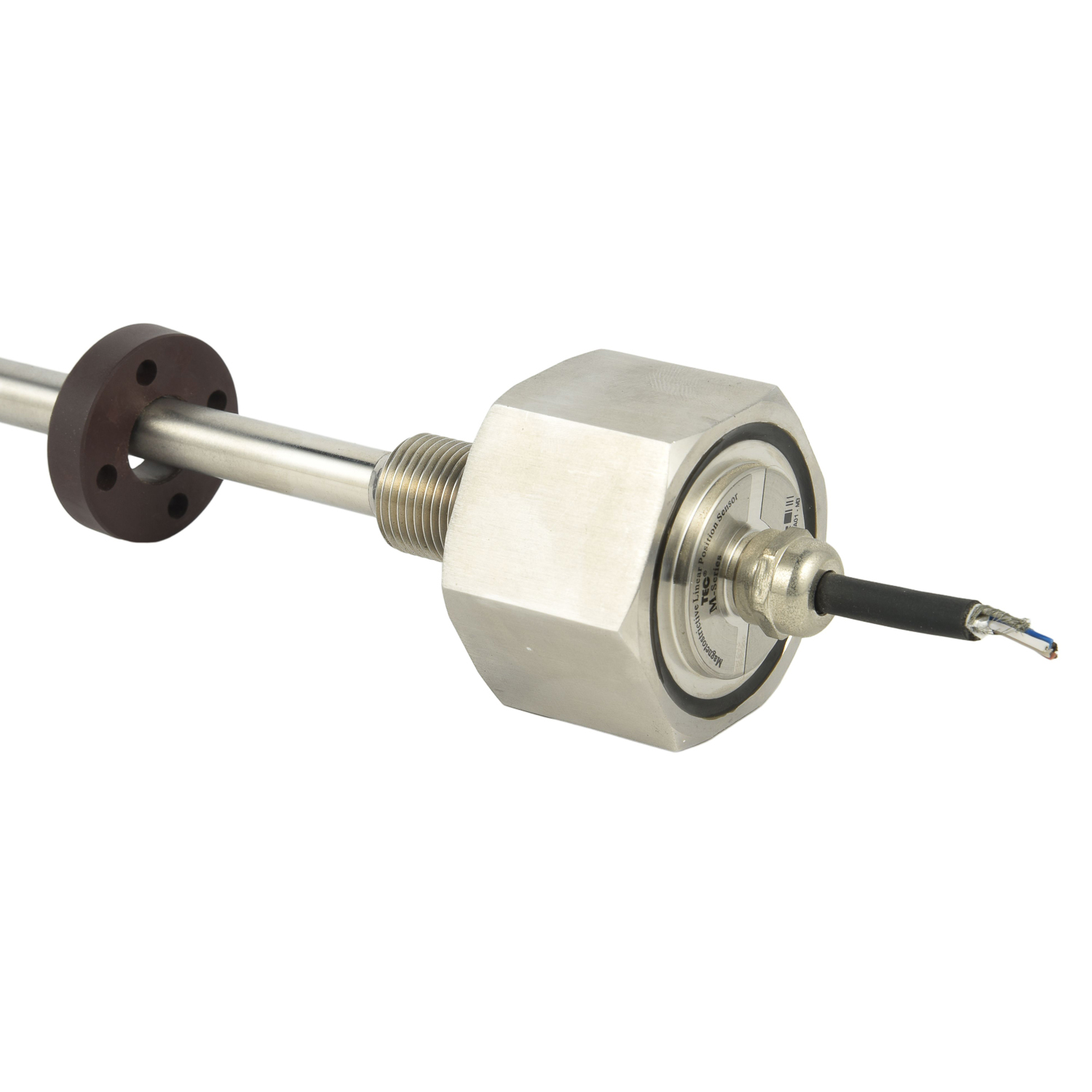
Enhanced Safety and Reliability Features
Magnetostrictive level measurement systems incorporate multiple safety-enhancing characteristics that make them particularly suitable for flammable liquid applications. Their intrinsically safe designs eliminate spark hazards, while hermetically sealed probes prevent vapor transmission. With no moving mechanical components subject to wear except the passive float assembly, these instruments deliver extended service life with minimal maintenance requirements. Advanced diagnostics continuously monitor system health, alerting operators to potential issues such as probe damage, electronic failures, or float obstruction before they compromise measurement integrity.
Maintenance Considerations and Service Life
The maintenance profile of magnetostrictive liquid level indicators remains exceptionally favorable compared to mechanical alternatives. The non-contact measurement principle eliminates mechanical wear on critical sensing components, while corrosion-resistant materials withstand aggressive liquid and vapor exposure. Periodic verification typically involves simple electronic calibration checks rather than physical component replacement. Most industrial-grade units achieve service lifetimes exceeding ten years even in continuous operation, with many manufacturers offering extended warranties that reflect the technology's proven reliability in demanding measurement applications.
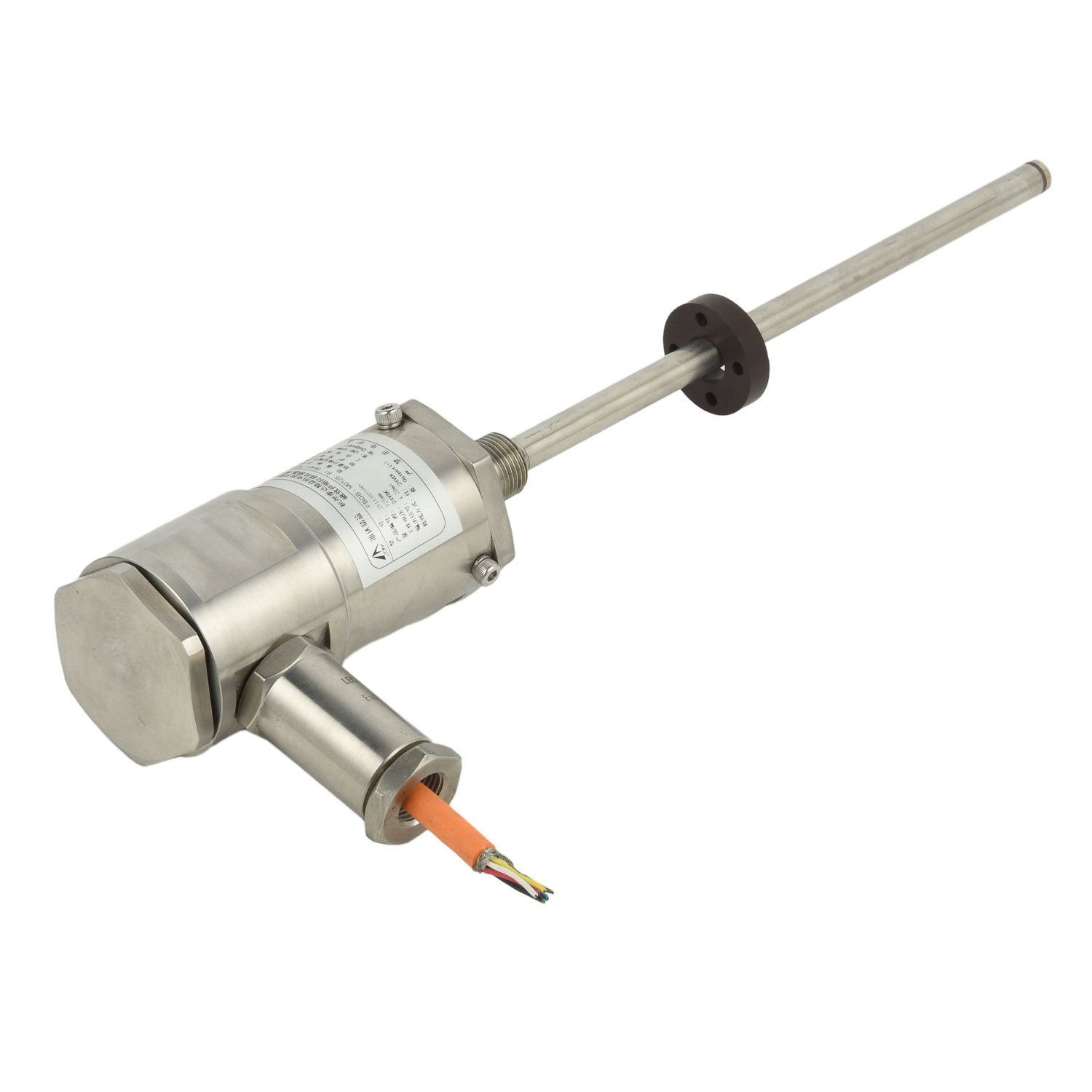 UpgradingYourLevelMeasurementS
UpgradingYourLevelMeasurementS
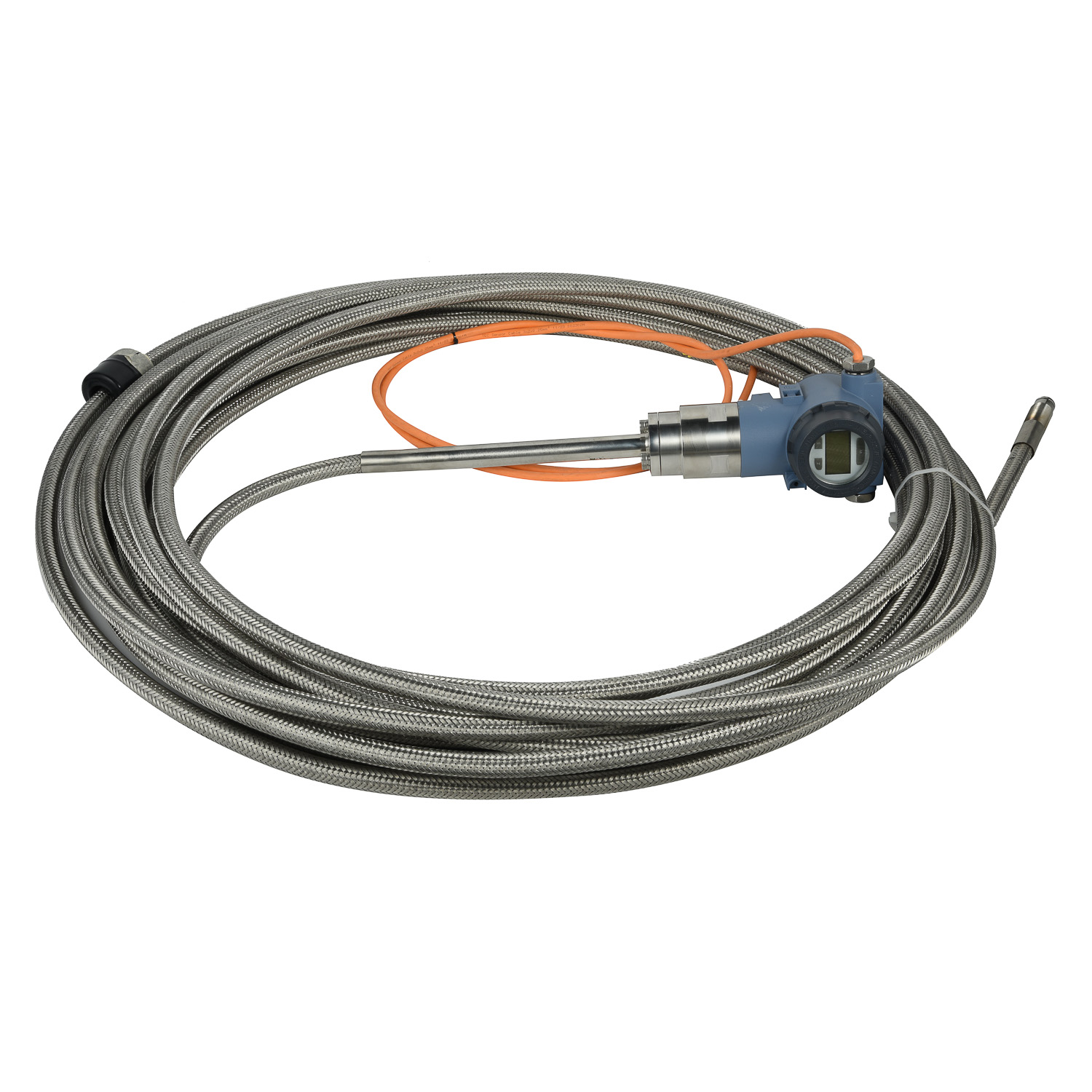 Why are magnetostrictive level
Why are magnetostrictive level
 ComparingMagnetostrictiveandRa
ComparingMagnetostrictiveandRa
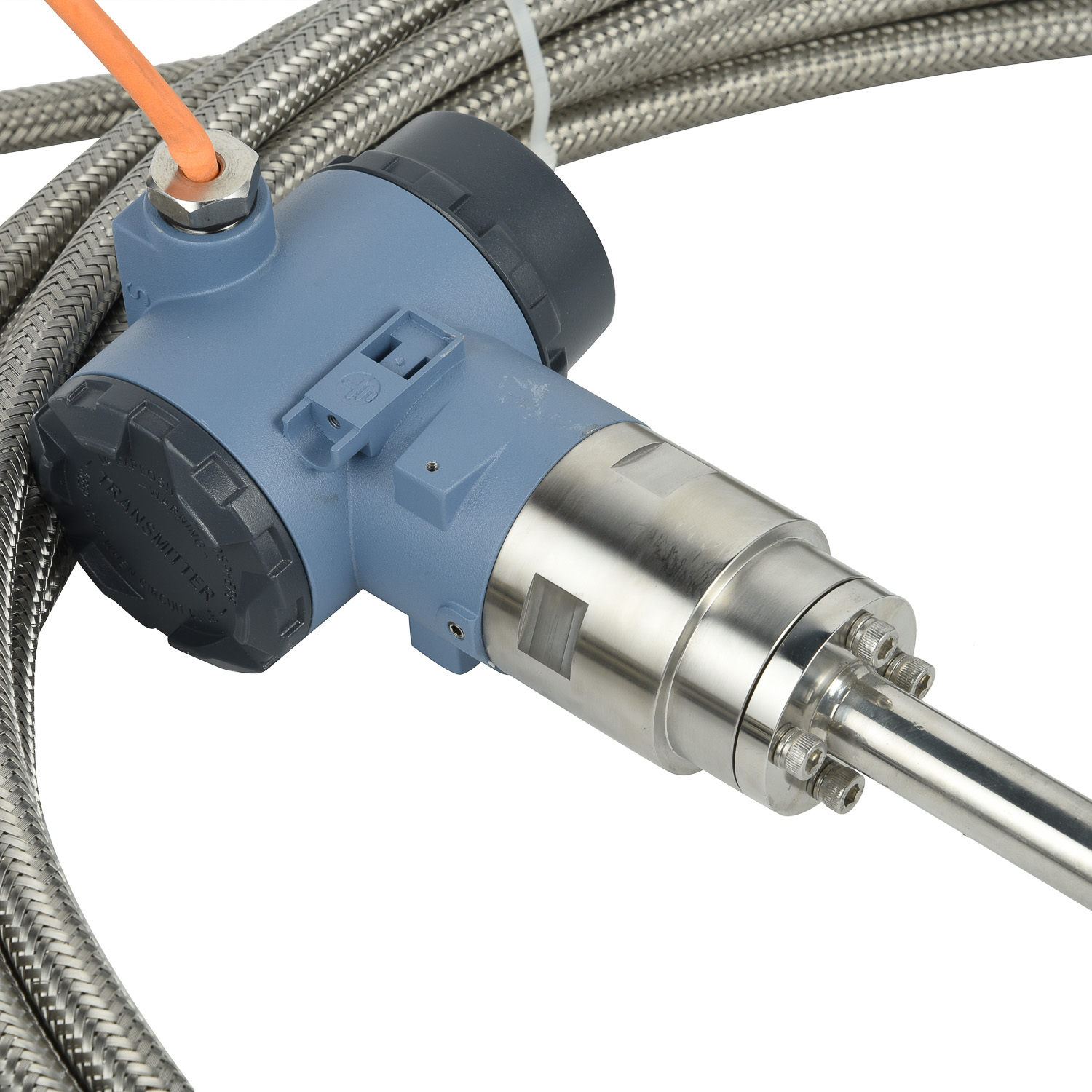 MagnetostrictiveLevelSensorfor
MagnetostrictiveLevelSensorfor
